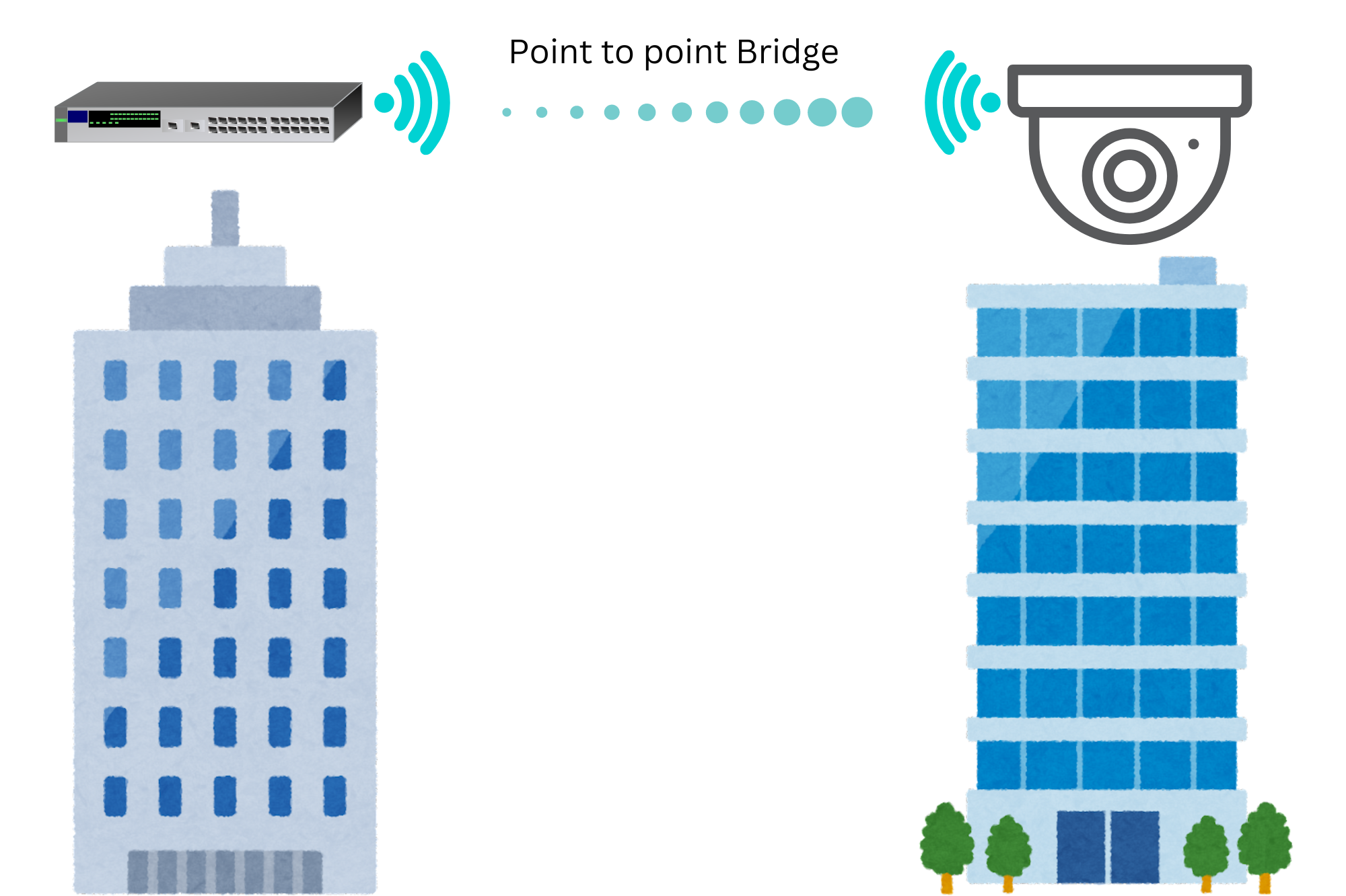Understanding Point-to-Point Wi-Fi Networks
Point-to-point Wi-Fi
provides a reliable, high-speed way to connect two locations using wireless signals. Unlike traditional Wi-Fi setups that cover wide areas, point-to-point systems create a direct link between two fixed points. This connection can span long distances, making it ideal for extending network coverage or linking remote buildings.
How it works
Point-to-point Wi-Fi works by establishing a focused, wireless connection between two devices, often called “access points” or “radios.” These devices are positioned in such a way that they have a clear line of sight between them. The radios transmit and receive data across this link using high-frequency signals, often in the 2.4 GHz or 5 GHz spectrum.
This direct connection allows for faster, more stable data transfer compared to regular Wi-Fi. Traditional Wi-Fi networks can suffer from interference due to multiple devices or obstacles, but point-to-point links minimize these issues by focusing the signal.
Key Components of a Point-to-Point Wi-Fi Setup
- Access Points or Radios
These devices serve as the backbone of the point-to-point connection. They send and receive wireless signals between the two locations. High-performance radios ensure stable, high-speed data transmission. - Line of Sight (LOS)
For optimal performance, the two radios need a clear line of sight. Any obstructions, such as trees, buildings, or mountains, can interfere with the signal and reduce performance. Proper positioning ensures a stronger, more reliable connection. - Antennas
Point-to-point Wi-Fi systems use directional antennas to focus the signal between the two radios. These antennas amplify the signal strength, allowing the network to cover long distances, sometimes several miles. - Mounting Equipment
Access points or radios are typically mounted on tall structures like towers, rooftops, or poles. This height helps reduce interference from objects on the ground, ensuring the line of sight remains unobstructed.
Benefits of Point-to-Point Wi-Fi
-
Extended Network Coverage
Point-to-point Wi-Fi allows you to extend your network over large distances without running cables. This is particularly useful in rural areas, remote locations, or across large campuses.
-
Cost-Effective
Installing point-to-point Wi-Fi can be cheaper than laying fiber optic cables. It eliminates the need for expensive trenching, cabling, and other infrastructure.
-
High-Speed Data Transfer
Point-to-point links often offer higher speeds than regular Wi-Fi. Speeds can reach up to several gigabits per second, depending on the equipment used and the distance covered.
-
Reliable Connection
By focusing the signal between two fixed points, point-to-point Wi-Fi provides a more stable connection. Traditional Wi-Fi networks are prone to interference from other devices or networks, but point-to-point setups minimize these issues.
-
Quick Deployment
You can set up a point-to-point connection in less time than it takes to install wired solutions. As long as you have the necessary equipment and a clear line of sight, you can establish a working network in a matter of hours.
-
Secure Communication
Point-to-point Wi-Fi networks offer strong security features, such as encryption and authentication. This ensures that only authorized users can access the connection, keeping the network safe from unauthorized access or interference.
Common Uses of Point-to-Point Wi-Fi
-
Linking Remote Buildings
Many businesses use point-to-point Wi-Fi to connect separate buildings without laying cables. For example, a company with offices in two buildings across the street can create a secure, high-speed network link between them.
-
Providing Internet to Rural Areas
In rural or remote areas where traditional broadband infrastructure is unavailable, point-to-point Wi-Fi can deliver high-speed internet. Service providers use this technology to bridge the gap between urban networks and rural customers.
-
Surveillance and Security
Point-to-point Wi-Fi is often used to connect security cameras and monitoring systems over long distances. For example, a company might link cameras on the perimeter of a large property to a central monitoring station.
-
Temporary Network Solutions
Point-to-point Wi-Fi can be quickly deployed for temporary setups, such as outdoor events, construction sites, or emergency situations. These networks provide reliable connectivity without the need for permanent infrastructure.
-
Campus Networks
Universities, schools, or large facilities often use point-to-point Wi-Fi to connect different buildings on their campuses. This setup provides a seamless, high-speed network across multiple locations.
Limitations and Challenges of Point-to-Point Wi-Fi
Line of Sight Requirements
For a point-to-point network to work effectively, both access points must have an unobstructed line of sight. Even small obstructions can weaken the signal and reduce speed or reliability.
Weather Sensitivity
Extreme weather conditions, like heavy rain or snow, can affect the quality of a point-to-point connection. While most systems are designed to handle these conditions, performance may still drop slightly during severe weather.
Distance Limitations
Although point-to-point Wi-Fi can cover long distances, the quality of the signal decreases as the distance increases. More advanced equipment may be required for longer-range connections, which can increase costs.
Interference
While point-to-point Wi-Fi is less prone to interference than traditional Wi-Fi, it is not immune. Other radio frequencies, nearby networks, or large physical objects can still disrupt the signal, particularly in densely populated areas.
Installation Costs
While cheaper than fiber optic installations, setting up a point-to-point network requires specific equipment, such as radios, antennas, and mounting structures. These initial costs can be high, though they typically result in long-term savings.
Conclusion
Point-to-point Wi-Fi offers a powerful solution for extending network coverage and connecting distant locations. It provides fast, reliable, and secure data transfer over long distances without the need for expensive cabling. With proper setup, it can serve a wide range of applications, from business networks to rural internet access. However, ensuring a clear line of sight and using high-quality equipment is essential for optimal performance. As the technology continues to improve, point-to-point Wi-Fi remains a valuable tool for organizations looking to expand their networks quickly and cost-effectively.








